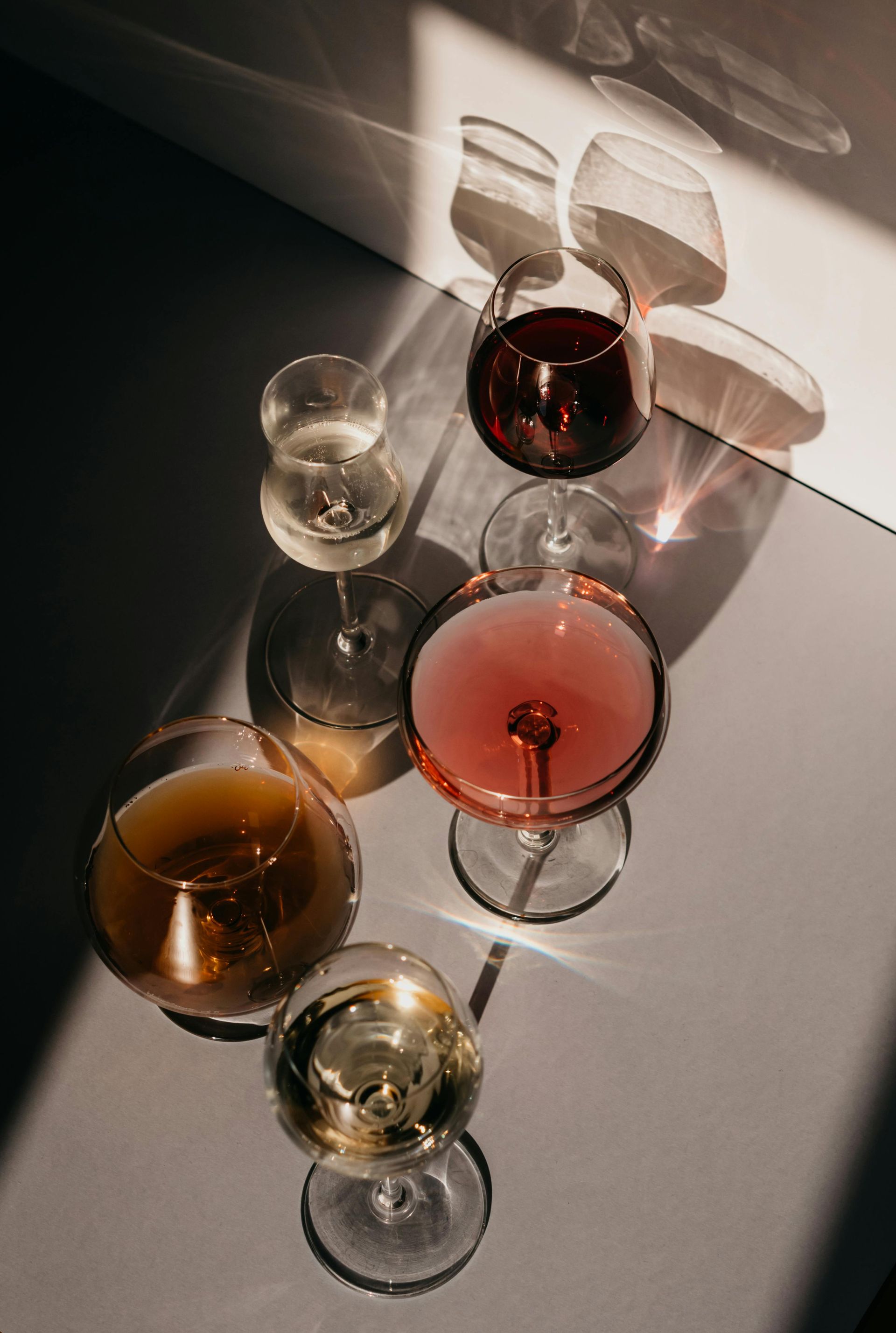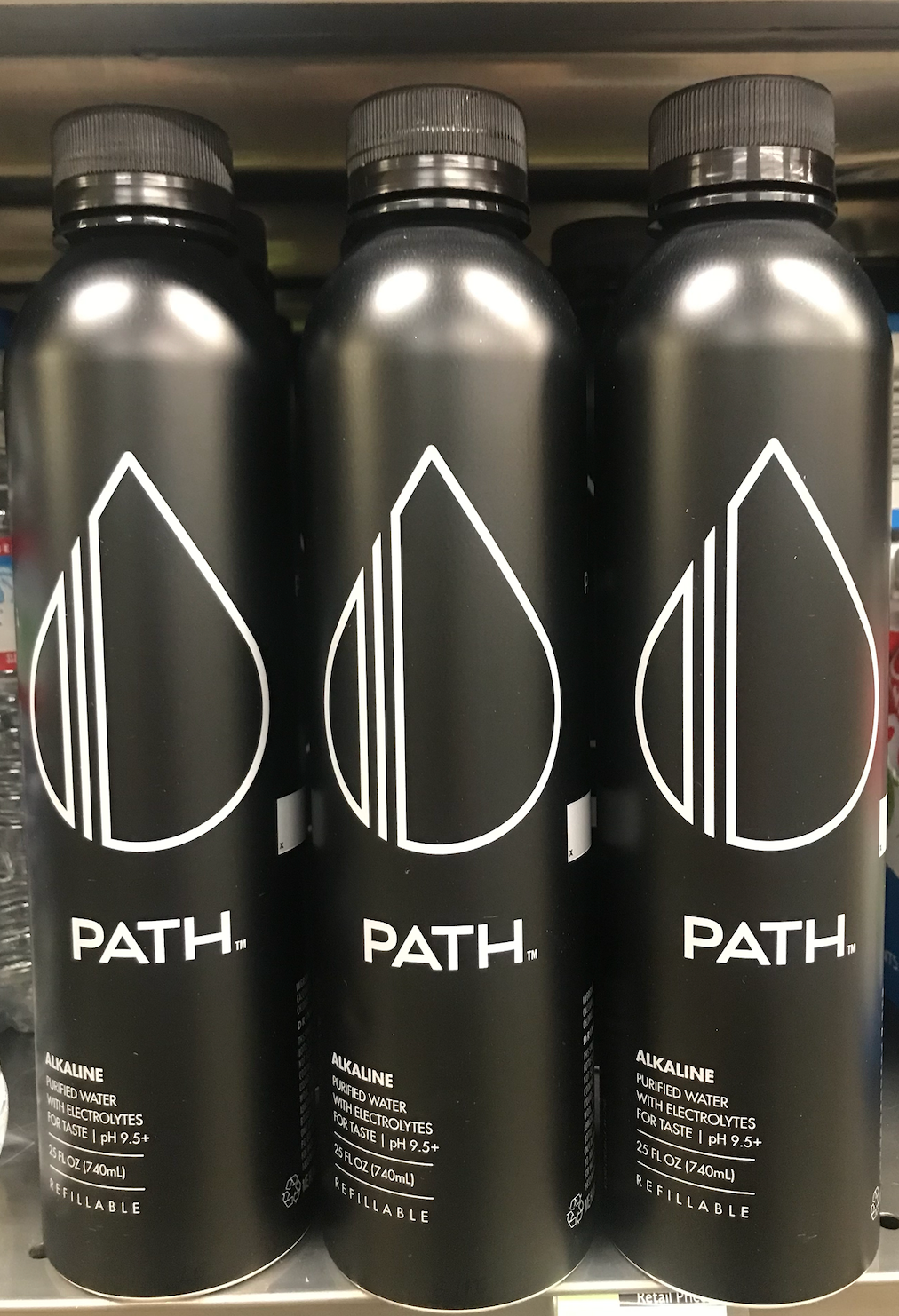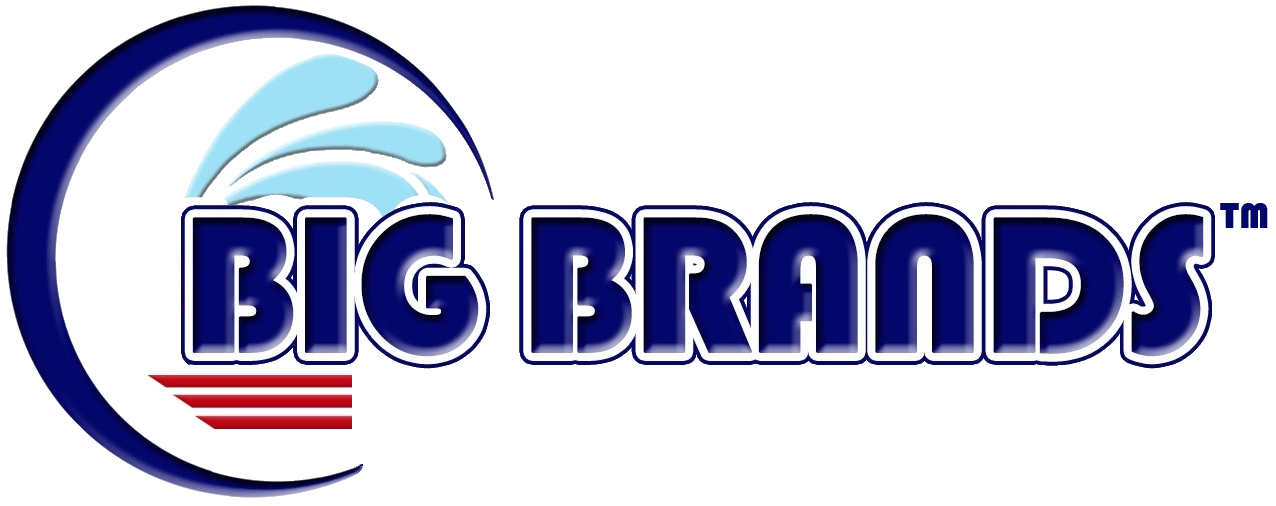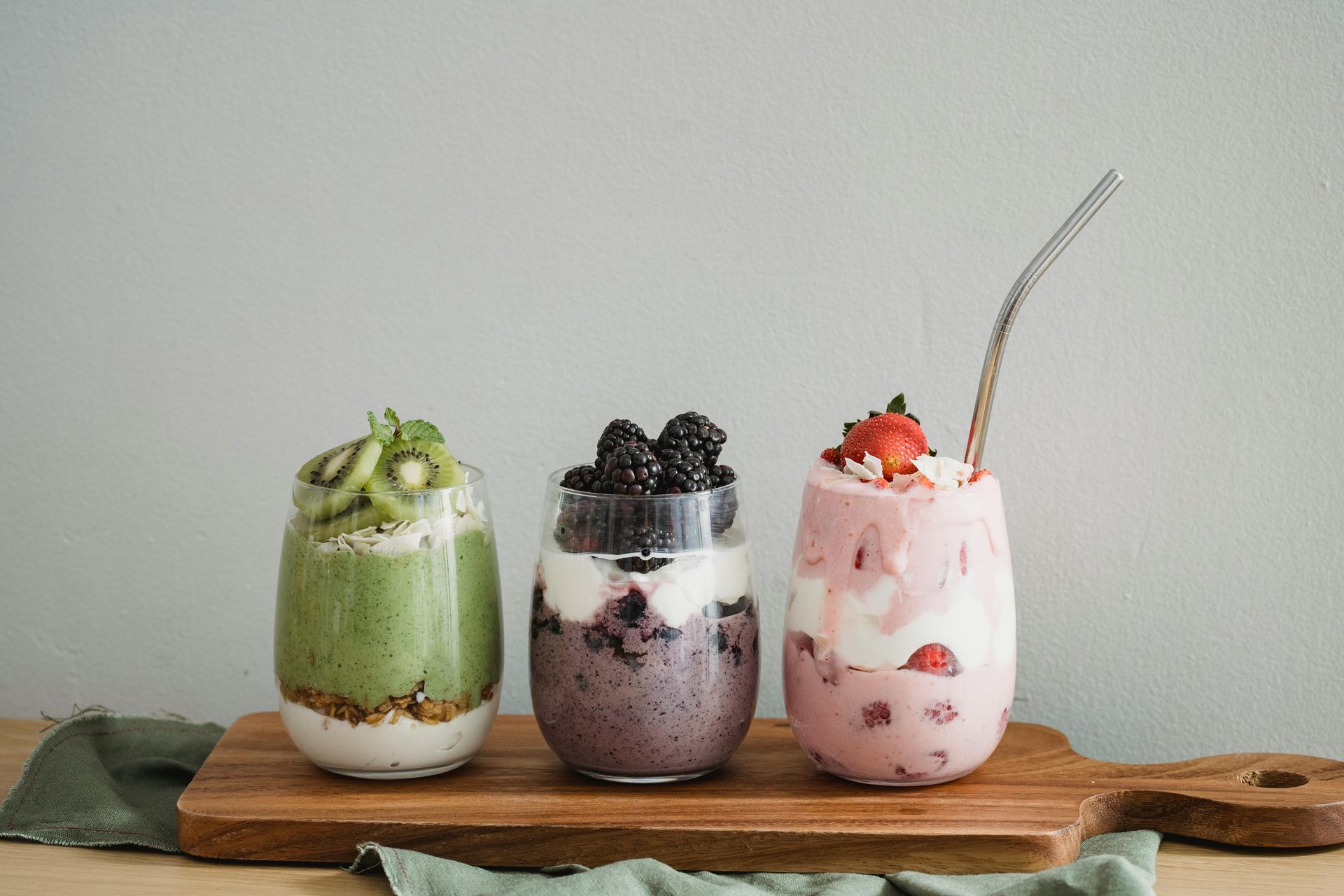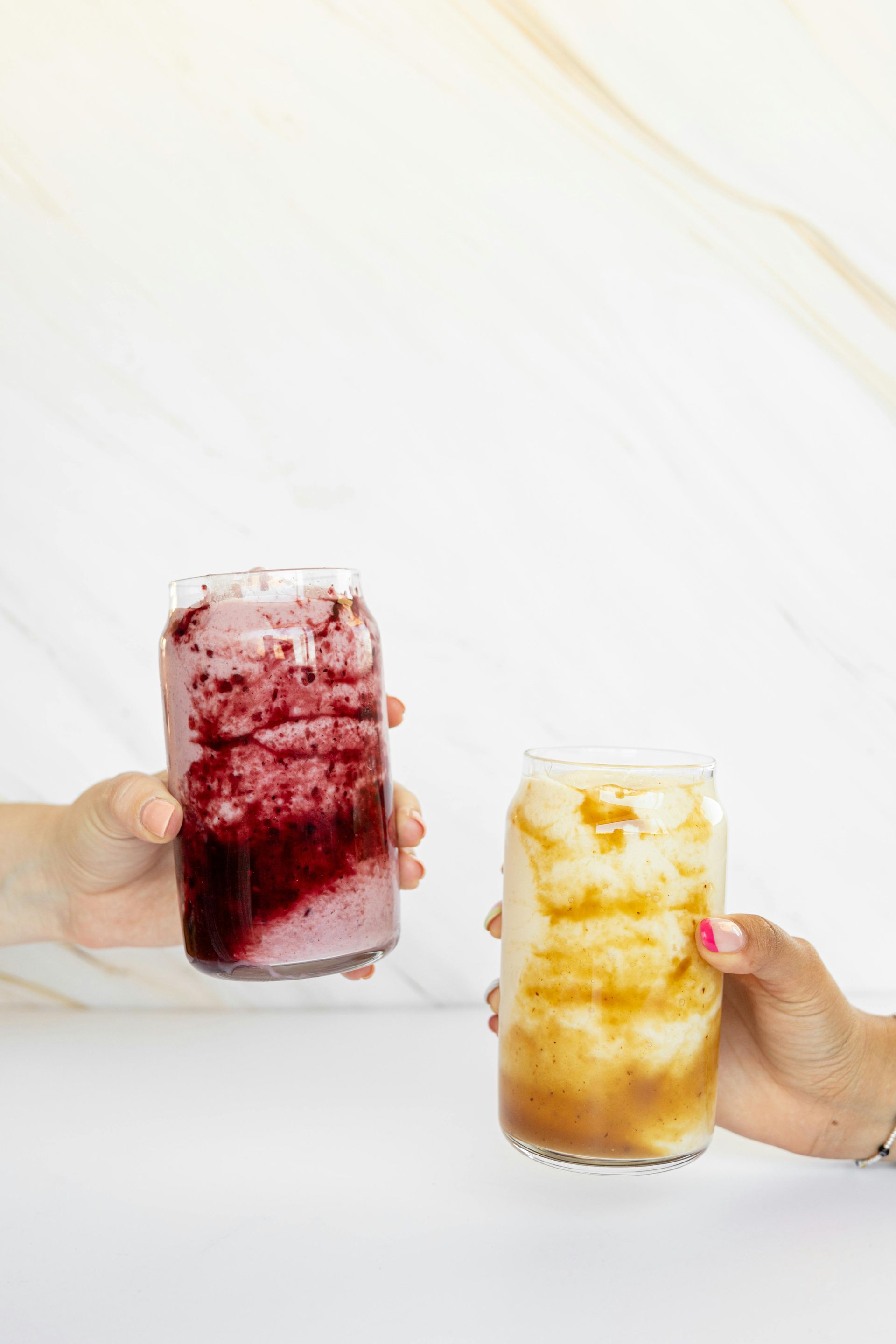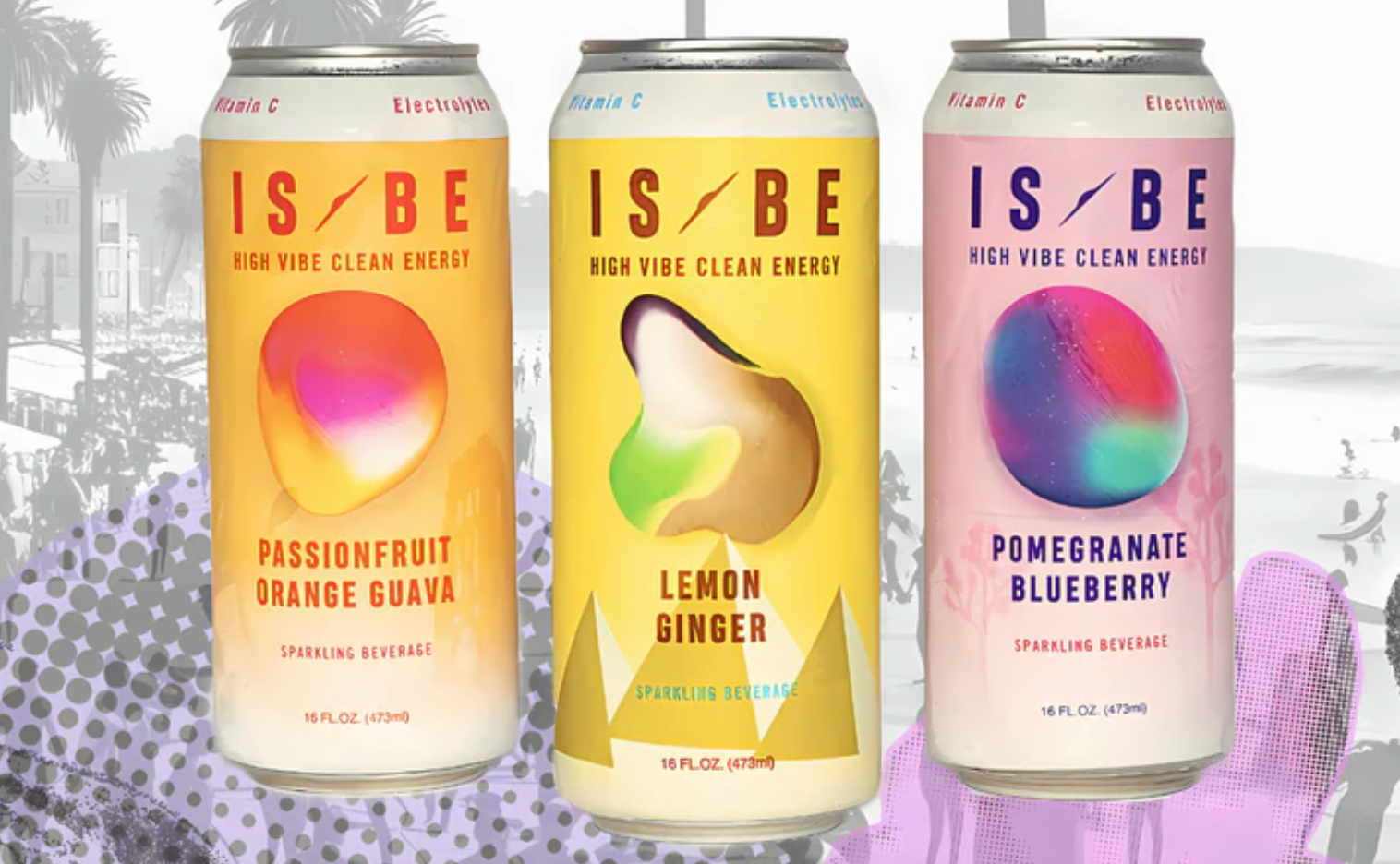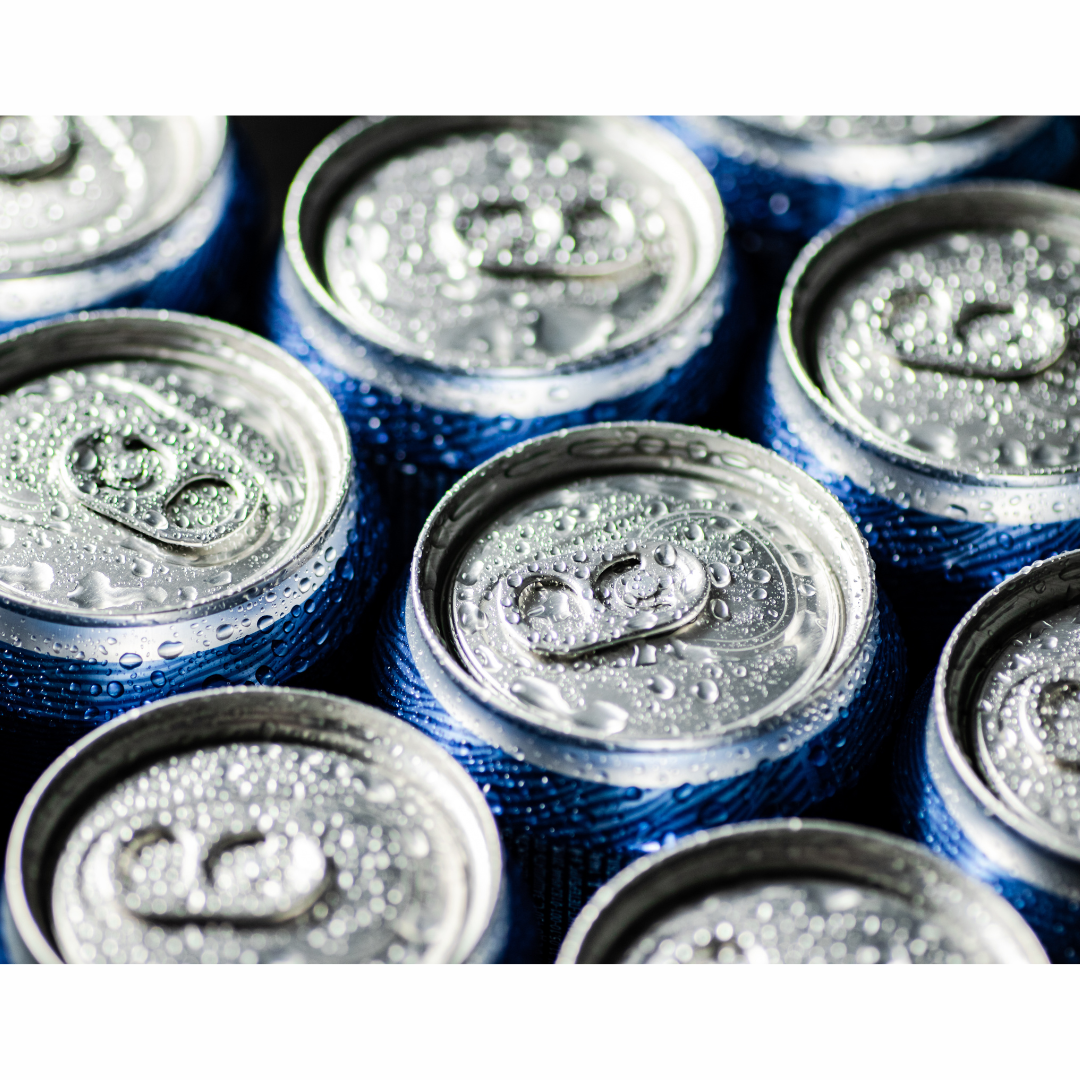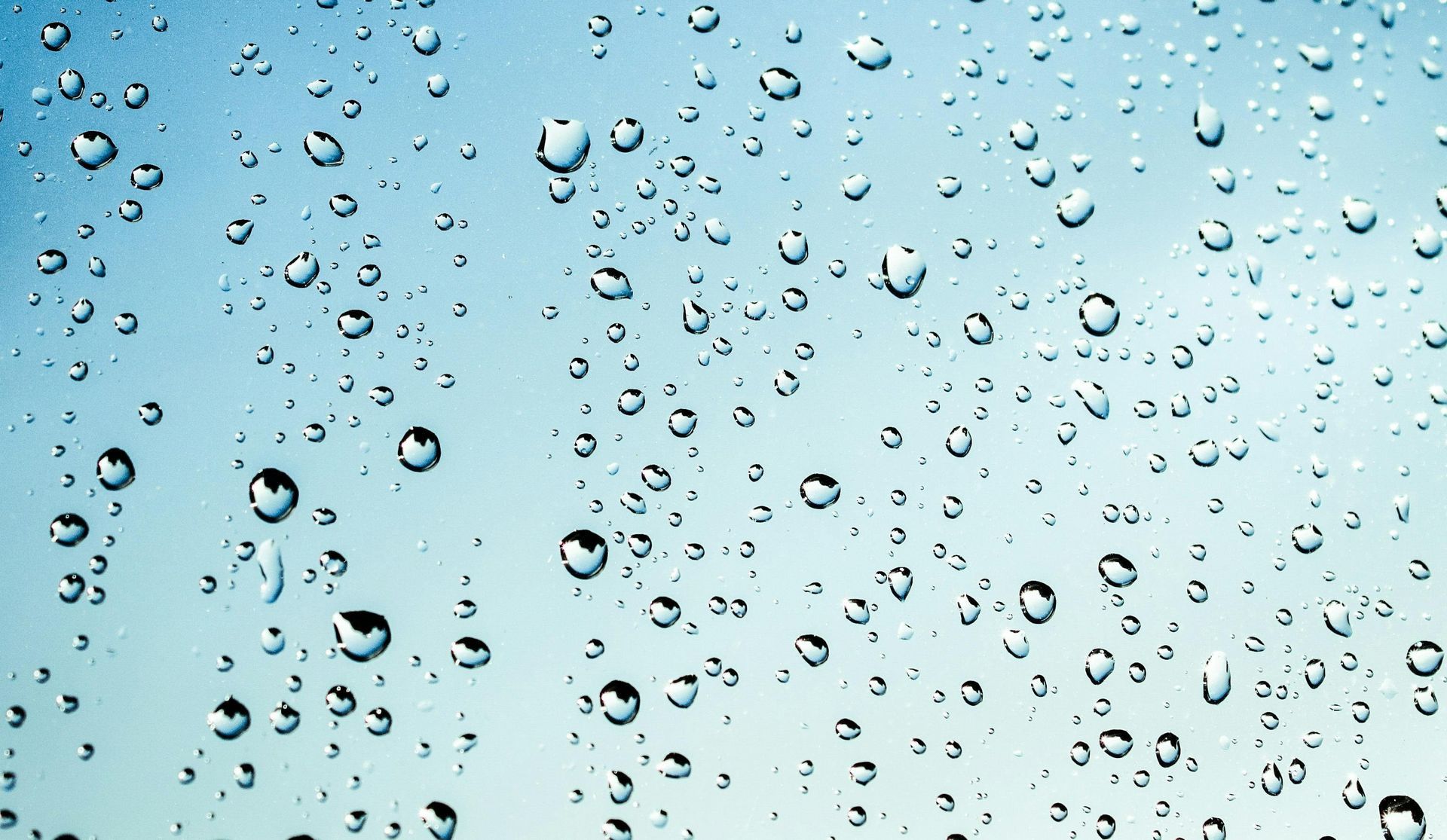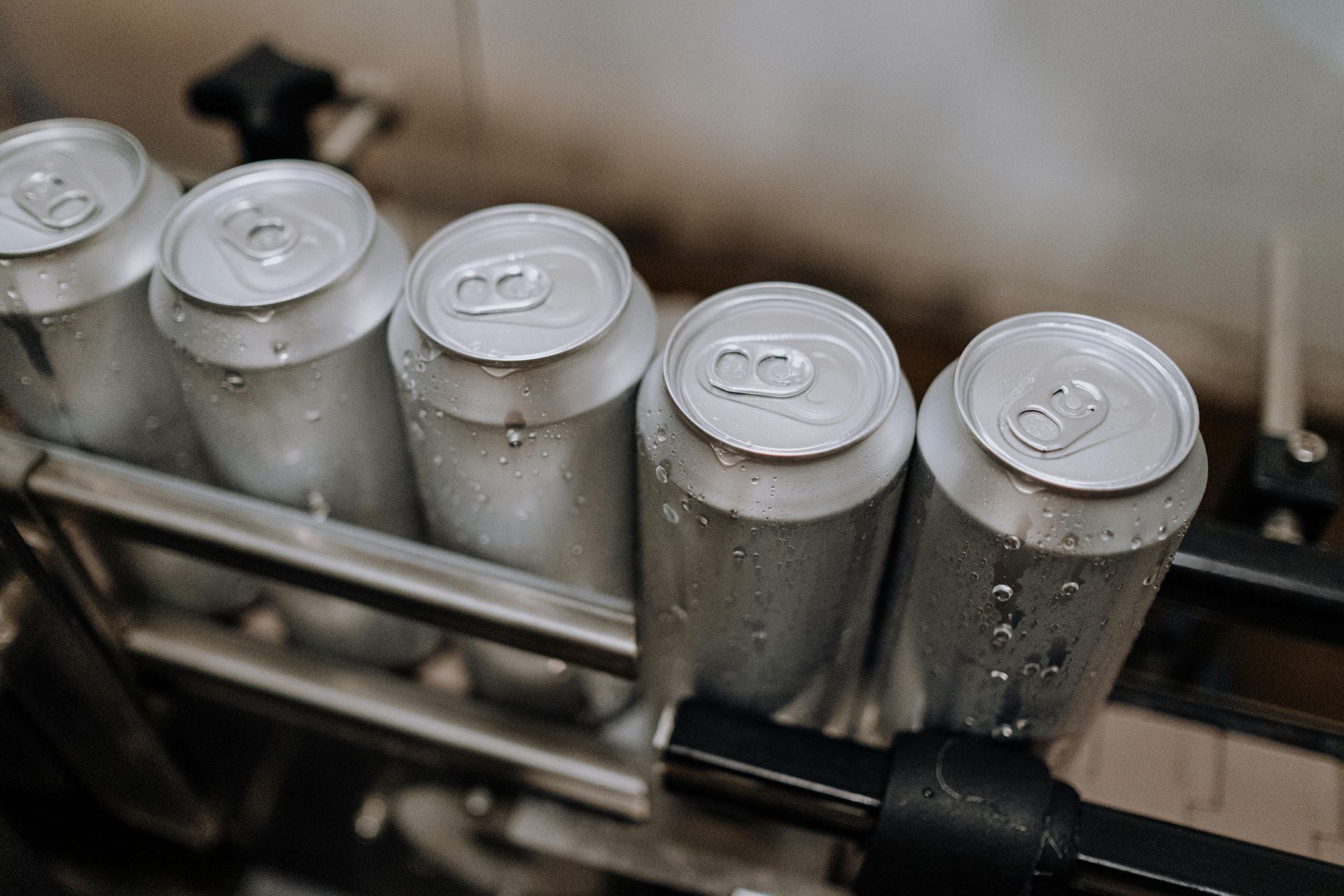Manufacturing Non-Alcoholic Beverages: Trends, Formulation, and Packaging
Looking to mass-produce non-alcoholic beverages? Explore key trends, formulation tips, and packaging strategies to succeed in the booming non-alcoholic and zero-proof drink market. Learn how to create flavorful, layered beverages using herbs, spices, and unique flavor combinations that appeal to health-conscious and trend-aware consumers. Understand why taste, health, inclusivity, and mindful drinking are critical factors driving non-alcoholic beverage demand. Discover practical packaging options, from 750ml glass bottles to aluminum cans, and learn how effective labeling and design can enhance shelf appeal. Stay ahead in the growing non-alcoholic segment with insights from expert beverage formulators and co-packers. Perfect for entrepreneurs, beverage startups, and manufacturers looking to innovate, increase consumer appeal, and create high-quality, enjoyable non-alcoholic drinks. Maximize product success by combining market trends, strategic flavor development, and creative packaging to meet the needs of today’s discerning consumers.
The market for non-alcoholic beverages is booming. Consumers are increasingly looking for healthier choices, flavorful alternatives, and beverages that fit a mindful lifestyle. From zero-proof spirits to craft sodas and mocktails, the non-alcoholic beverage segment is growing rapidly. Big Brands is your experienced non-alcoholic beverage manufacturer. We flavorful, high quality non-alcoholic drinks.
Market Trends Driving Non-Alcoholic Beverage Production
Non-alcoholic beverages are popular for several reasons:
- Health Consciousness: Many consumers are seeking alternatives that support better health. Non-alcoholic options often have fewer calories, lower sugar content, and better hydration benefits.
- Lifestyle Choices: Individuals who prioritize sobriety, are in recovery, or simply choose not to drink alcohol are driving demand for high-quality non-alcoholic drinks.
- Social Inclusivity: Non-alcoholic beverages make social gatherings more inclusive for those avoiding alcohol for personal, cultural, or religious reasons.
- Mindful Drinking: A growing trend toward intentional consumption encourages people to enjoy the social rituals of drinking without the effects of alcohol.
- Diverse and Flavorful Options: Advances in beverage production have enabled manufacturers to offer sophisticated flavors, from premium mocktails to non-alcoholic spirits and craft sodas.
- Curiosity and Trends: Consumers are exploring new flavors and formats, often guided by social media trends or recommendations from peers.
- Safety and Practicality: Drivers, parents, and pregnant or breastfeeding individuals prefer non-alcoholic options for safety and convenience.
Understanding these trends is crucial for beverage manufacturers aiming to create products that resonate with consumers.
Formulating a Non-Alcoholic Beverage
Creating a non-alcoholic beverage that stands out requires careful attention to flavor, balance, and appeal. Our team of non-alcoholic beverage formulators can help you create a great tasting non-alcoholic beverage. Some key considerations for formulating a non-alcoholic beverage include:
- Flavor Layers: To make a beverage taste complex and satisfying, incorporate layers of flavors. Herbs and spices such as cloves, cinnamon, or black pepper can add uniqueness and depth.
- Consumer Appeal: Taste is the most important factor for repeat purchase. The beverage should be enjoyable and provide a sensory experience that encourages consumers to come back.
- Formulation Goals: Identify the target consumer and their preferences, such as lower calories, natural ingredients, or unique flavor profiles. Your formulation should align with these expectations.
Tip: Experimentation is key. Work with beverage formulators to balance sweetness, acidity, and aromatic notes to create a distinctive non-alcoholic product that stands out in the market.
Non-Alcoholic Packaging Considerations
Packaging plays a crucial role in the success of a non-alcoholic beverage. Consider these factors:
- Bottle or Can Options: Non-alcoholic beverages can be packaged in 750ml glass bottles, aluminum cans, or other formats. The choice affects shelf appeal, storage, and convenience.
- Labeling and Branding: Highlight health benefits, flavor notes, and the non-alcoholic nature clearly. Attractive, modern designs can appeal to a health-conscious and trend-aware audience.
- Practicality: Ensure packaging is functional, protects flavor integrity, and is convenient for consumers.
To succeed in the growing non-alcoholic beverage market it's important to create a non-alcoholic product with exceptional flavor, as consumers expect a high-quality, enjoyable taste experience. It’s important to align formulations and marketing with current trends, including health and mindful drinking. Innovation is key—unique flavor combinations, creative use of spices, flavors, and varieties can help a product stand out in a crowded market. Finally, strategic packaging and creative label designs is essential to attract customers that fit the demographics of your target market.
By understanding the motivations behind non-alcoholic beverage consumption—health, lifestyle, social inclusion, and taste—manufacturers can create products that resonate with today’s discerning consumer.
